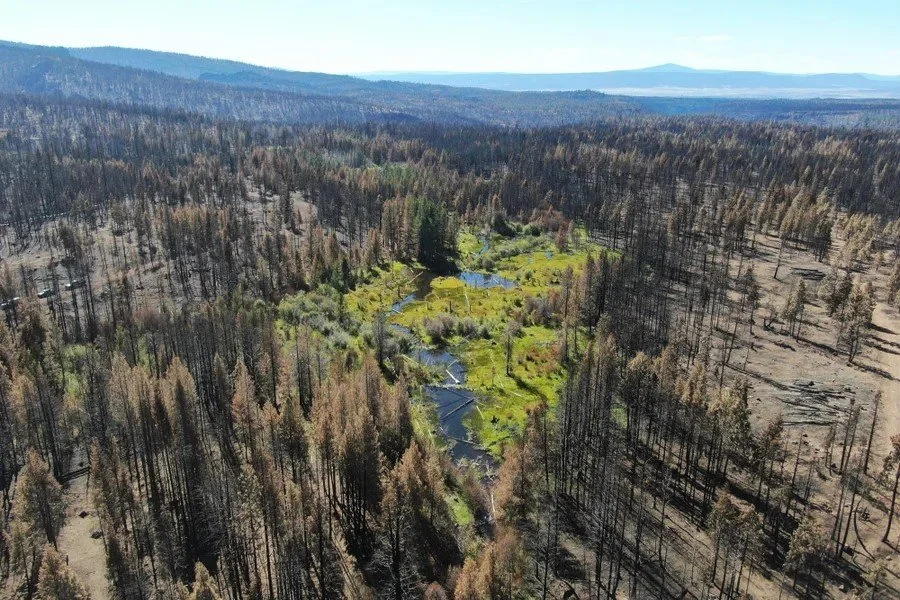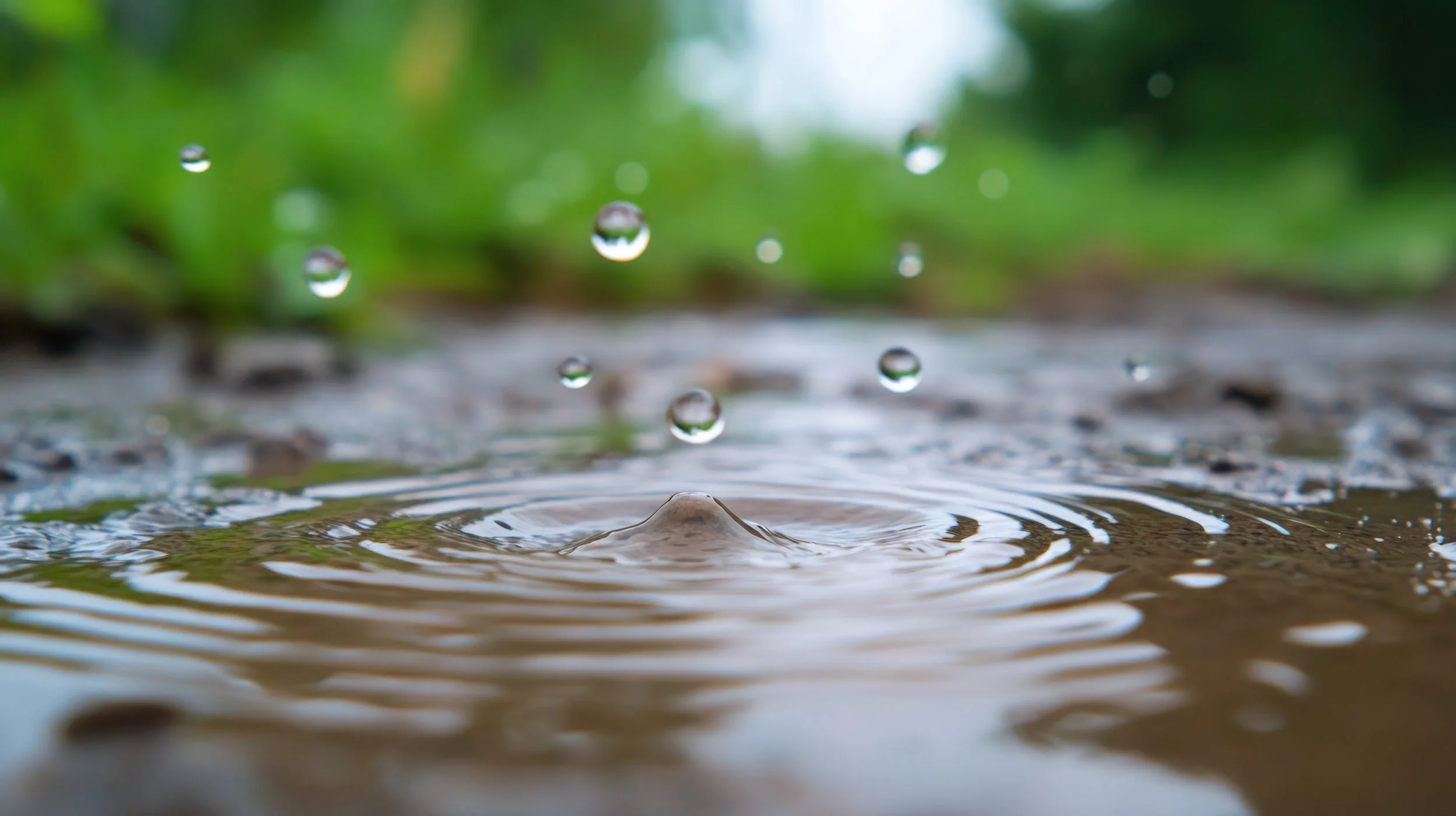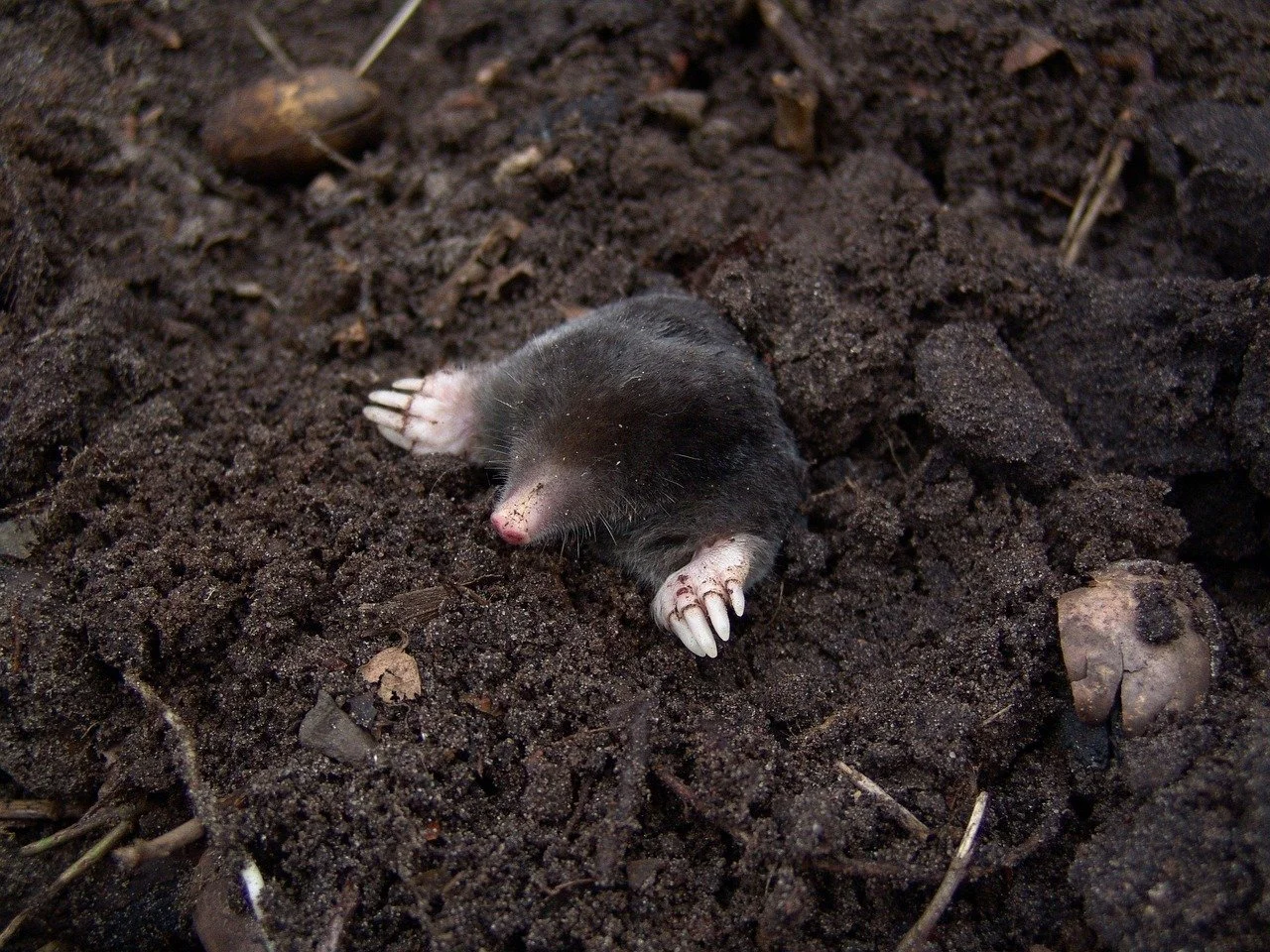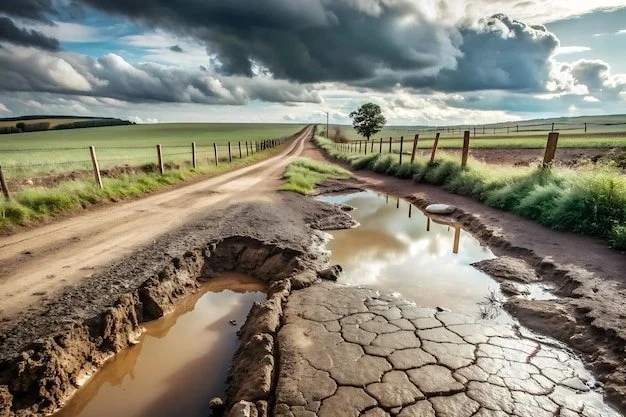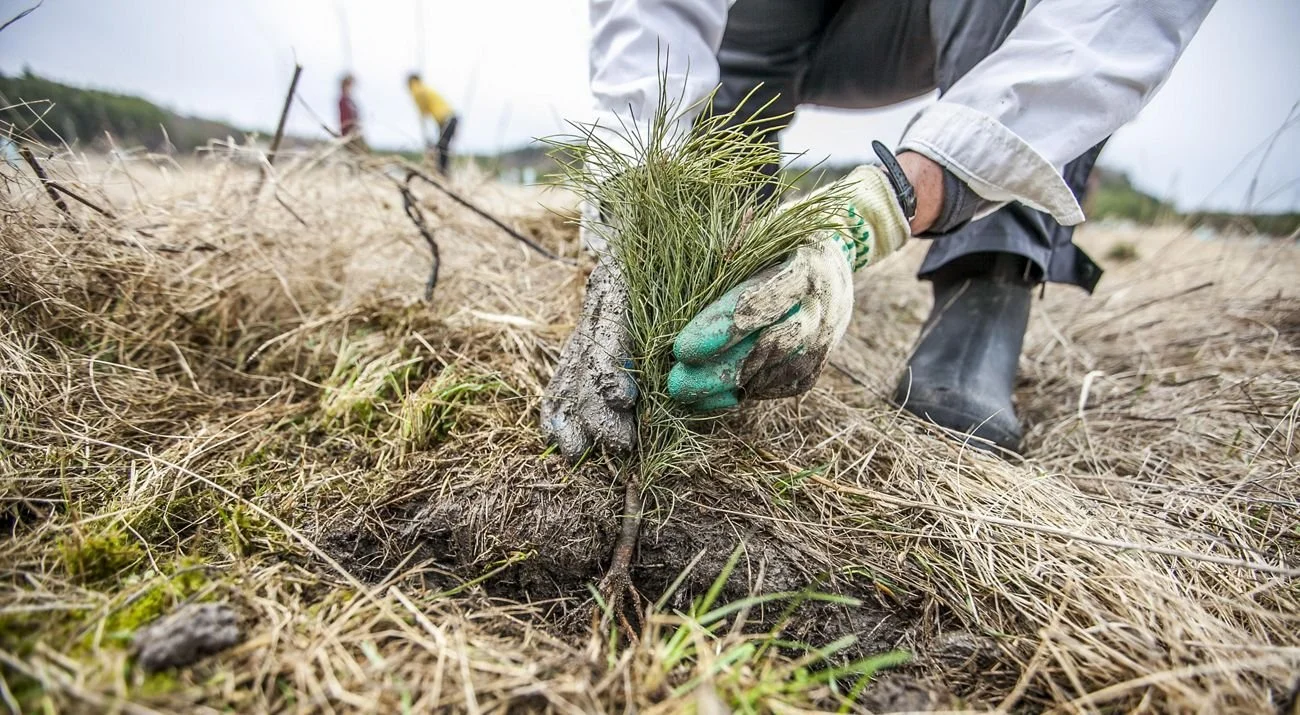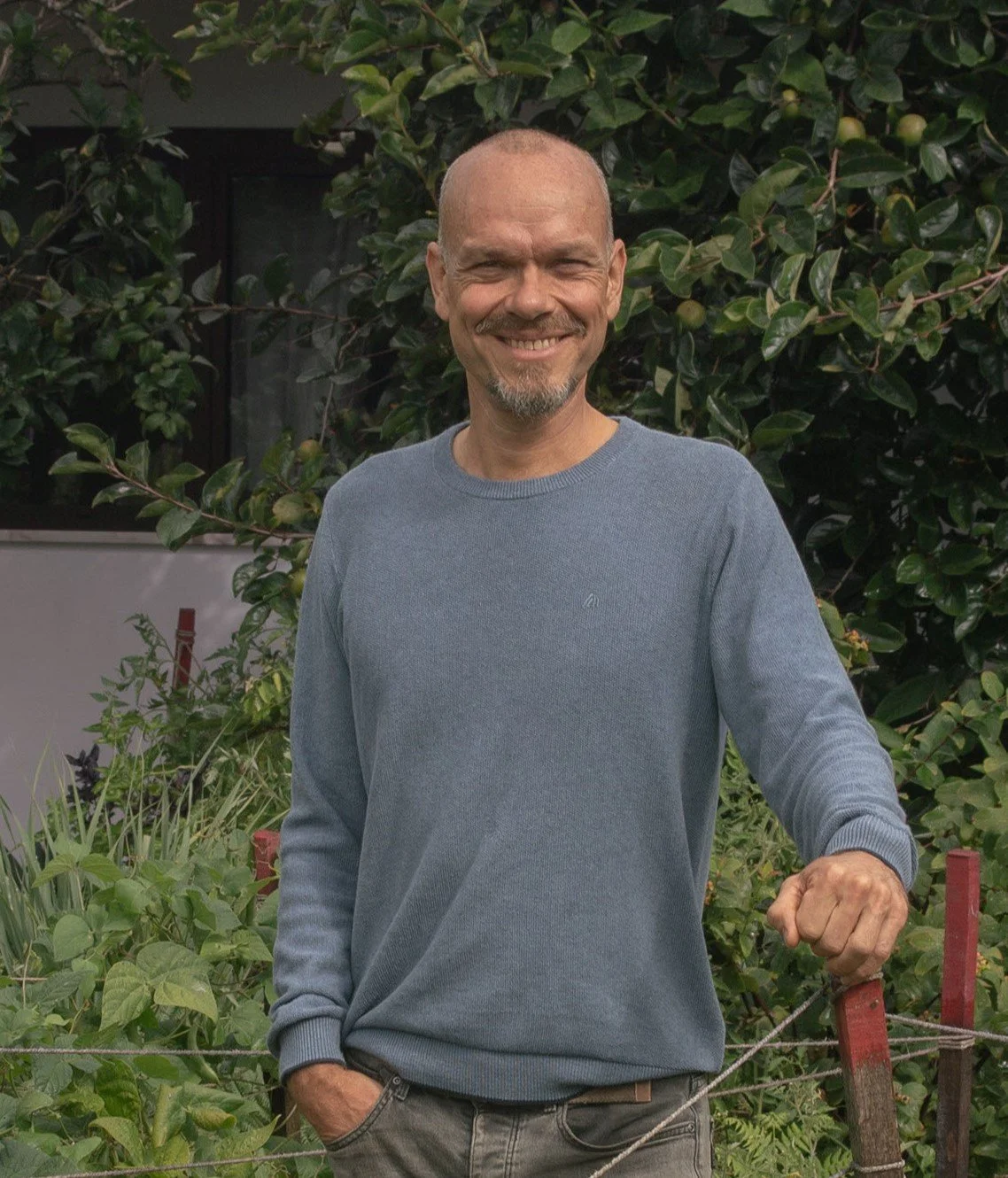
Retaining Water. Hydrating Land. Supporting Life.
Water Retention & Landscape Restoration
in Portugal and Southern Europe
Holding Water to Hydrate Soils,
Prevent Wildfires, Rebuild Vegetations
Who We Work For
We work with farmers, landowners, and ecological projects across Portugal, Spain, and Southern Europe who want to implement water retention landscapes and restore the water cycle on their land. Our approach helps slow water, rehydrate soils, prevent erosion, and create resilient, regenerative landscapes
Each client has unique challenges, either preventing wildfires, control erosion, or become drought resilient. They all share one wish: to bring water back to the land allowing life to flourish. Together we manifest your vision, either to create a beautiful home environment, increase crop production or recover a landscape from degradation.
Private Land Owners & Homesteaders
If water stays, abundance follows.
We help protect your land from wildfires, drought and floods by harvesting rainwater, supporting lush vegetation and fruit trees, and even allow for natural swimming ponds or shaded oases around your home.
It’s about creating a living landscape - beautiful, abundant and self-sustaining, a place you can truly call home.
Organic & Regenerative Farmers
For your farm water is security.
Through earth-build water storage reservoirs and soil hydration, we help to reduce the costs for additional irrigation while yields and soil health increases.
The result is an economically sustainable farm operation that increases productivity and is resilient to global warming — a system that works with nature.
Eco Restoration & Reforestation Projects
Plant rain first, then plant trees.
We can design landscapes that capture every drop of rain — helping reforestation projects thrive and ecosystems regenerate faster and stronger. With proven methods of water retention on the land we increase water infiltration, and dramatically improve the survival rate of seedlings.
Why Water Retention Landscapes are Essential in Portugal and Southern Europe
In Mediterranean regions like Portugal and Spain, land is under pressure. Desertification, water scarcity, rampant wildfires, soil erosion and floods threaten ecosystems, communities, and livelihoods. These challenges share a common root: the land has lost its capacity to hold water, leaving the soil dry and lifeless.
Our approach to water retention works with natural processes to slow, spread, and sink water across the landscape.By slowing down and retaining rainfall, we restore the soil’s ability to hydrate. Rainwater seeps into the ground, refilling springs, wells, and aquifers, and supporting vegetation.
Water retention and regenerative water management is not just ecological — it’s practical, protective, and life-giving. It is the foundation for resilient land, thriving communities, and a living future in abundance.
A Hydrated Land with Water Retention Provides Many Benefits
Challenges We Address -
What Our Responses Can Be
Beaver dams creating wet areas to protect and recover from wildfire
Protect Against Wildfires & Post-Fire Restoration
Your Challenge:
In dry landscapes, fire spreads fast and devastates ecosystems already weakened by lack of water. Your land is at risk and seems not capable to protect itself.
Our Response:
By rehydrating the land and careful selection of plant species, we create living firebreaks — ponds, terraces, beaver dam analogues, and green belts that slow fire, hold moisture, and support biodiversity. Hydrated landscapes are resilient landscapes and they support eco-system restoration after a wildfire creating a natural, beautiful environment.
Resolve Water Scarcity
Your Challenge:
Wells and springs are running dry. Water must come from deeper boreholes or expensive external sources, while your demands for domestic use or irrigation keep rising.
Our Response:
We design systems for rainwater harvesting, storage, and reuse — keeping water close to where it falls. The goal: water autonomy and thriving landscapes that rely less on extraction and more on retention.
Reverse Soil Degradation & Increase Productivity
Your Challenge:
Runoff and poor infiltration deplete the soil, reduce fertility, and weaken vegetation. Your land is not reaching its potential, leading to declining yields and biodiversity loss.
Our Response:
We rebuild soil health through hydration, organic matter, and living roots. Each drop of water that stays in the ground nourishes soil life, regenerates plants, and increases farmland productivity.
Control Erosion & Repair Infrastructure
Your Challenge:
When rainfall hits compacted, bare soil, it runs off too quickly. In the rainy season you are faced with carving gullies, eroding roads, and fertile soil washing away.
Our Response:
We slow the pace of water through terraces, swales, and gentle earthworks that guide it safely through the landscape. Infrastructure like roads, trails and drainages become part of the land’s hydrological balance. We are working with water, instead of fighting against it.
Improve Survival Rate in Reforestation
Your Challenge:
Reforestation efforts focus on planting trees but your project shows low survival rates due to water stress, lack of nutrients and erosion.
Our Response:
Before planting trees we plant the rain through water retention and implement measures for erosion control. Each drop of water that stays in the ground nourishes soil life, regenerates plants, and restores productivity.
Our Approach to
Water Retention and Landscape Restoration
At slowwater.earth, every project begins with curiosity and collaboration. Every landscape carries its own memory of water.
We walk the land together — reading its forms, observing how water moves, listening to all beings already present, and identifying the optimal intervention points that guide its restoration, similar to acupuncture points.
Our approach blends traditional knowledge with modern ecological design and solid project management. Each intervention — from contour berms to ponds — is built to last, both ecologically and economically.
Meet your professional practitioner:
I’m Dino Schmitz, a Slow Water Engineer, Project Manager and Regenerative Coach. My work bridges technical precision with ecological sensitivity and co-active coaching — guiding land stewards toward water security and thriving ecosystems in alignment with their vision.
How we Work with Water
At slowwater.earth, we combine careful observation, ecological design, and hands-on practice to restore the natural flow of water through the land. We help clients make informed decisions about how to secure water and design for long-term resilience
Each landscape is unique, yet the principles are universal: listen, design, act, and let nature continue the work.
Traditional techniques that are affordable and build to last. Learn more about how we use natural materials as we work with water.
-
Ponds and waterbodies are land-shaped structures designed to retain and infiltrate rainwater directly into the soil. Constructed using local earth and natural materials, these water storage reservoirs are low-cost, durable, and essential to retain water and create resilient landscapes.
-
By observing how water moves across the terrain — where it collects, where it rushes, and where it disappears — we learn what the landscape is already telling us. This careful listening reveals the natural patterns that guide all design decisions, helping clients make informed decisions about how to secure water and create long-term resilience.
-
Rain gardens are shallow, planted basins designed to capture and filter rainwater from roofs, paths, or compacted areas. By holding water temporarily, they allow it to slowly infiltrate into the soil—reducing runoff, recharging groundwater, and supporting native vegetation.
-
Designing a hydrated landscape with ponds, swales, and check dams from natural materials like earth and rocks to slow water, recharge aquifers, and bring life back to the soil. These features transform rainwater run-off into stored fertility, creating ecosystems that endure drought and support biodiversity.
-
Collecting, storing, and reusing rainwater from roofs and paved areas. Rainwater is collected in either earthworks or tanks. These systems reduce dependency on external water sources, lower costs, and support more autonomous, circular use of water in homes, gardens, and farms.
-
We select the most optimal locations for spring tapping. Developing natural drinking water sources of the highest quality — distilled by the sun, mineralized by the earth.
-
Check dams and beaver dam analogs are small, natural structures built across gullies or streams to slow down the flow of water. By holding and spreading water, they reduce erosion, trap sediment, and allow infiltration into the surrounding soils. Over time, these features help raise the water table, restore vegetation, and rebuild the natural shape of the valley. Inspired by nature’s own engineers, they bring back the slow, living rhythm of water in the landscape.
-
An ancient practice with modern relevance — terraces retain soil and water on slopes, prevent erosion, and create new layers of productivity. Well-designed terraces turn steep ground into living, resilient systems that capture rainfall where it falls.
-
Rock-armored spillways guide excess water safely out of ponds, terraces, or retention features during heavy rainfall. Built with natural stone, they prevent erosion by slowing and dissipating the energy of flowing water. These durable structures protect the integrity of water retention systems while blending seamlessly into the landscape.
-
Sediment traps slow down runoff and capture eroded soil before it can enter waterways, helping to keep streams and ponds clear. By creating small check-points in the landscape, they allow sediments to settle out while letting cleaner water continue its path downstream. This simple technique protects aquatic ecosystems, reduces reservoir clogging, and preserves the fertility of the land by keeping valuable soil where it belongs.
Our 3-Step Journey
Consultation & Concept Plan
We begin by walking the land together — listening, observing, and mapping how water moves. This first phase identifies the key challenges your land faces — from runoff and erosion to depleted soils and drought — and creates a concept plan that turns those issues into opportunities for regeneration. If you plan to buy a new property or wish to create more abundance and resilience on your land, the journey starts with a plan for water.
Project Implementation
With clear design and planning, we coordinate and manage the implementation process. Using proven techniques in water retention, soil restoration, and landscape design, we ensure that every structure is effective, durable, and economically viable — minimizing costs while maximizing long-term benefit. We guide contractors, timelines, budgets, and quality control so the work is carried out professionally, and with care.
Ecosystem Establishment
Once water begins to stay in the landscape, life follows. We guide vegetation growth, monitor soil hydration, and support the establishment of self-sustaining ecosystems. We also provide ongoing maintenance and follow-up care, ensuring that the landscape continues to evolve in a healthy and balanced way. The result is a resilient water cycle and a landscape that supports productivity and beauty for generations.
Regenerative Coaching for the Inner Landscape
Personal and leadership coaching for individuals, founders, and regenerative practitioners seeking clarity, alignment, and resilience.
A regenerative world begins within. I support individuals, leaders, entrepreneurs, and regenerative practitioners who feel the weight of complexity, responsibility, or misalignment as they navigate meaningful work and personal change.
Through a calm, steady space to slow down and reflect, this coaching helps you reconnect with yourself as part of a living system — so clarity, resilience, and integrity guide your next steps toward a regenerative way of living and leading.
Regenerative coaching supports the inner landscape that shapes how we live, lead, and work with land.
Ready to Begin Your Water Retention and Regeneration Journey?
Caring for land and choosing a regenerative lifestyle can sometimes feel overwhelming. Whether you’re facing risk of wildfires, erosion, drought, or just starting to dream of a more hydrated, abundant land and being more aligned with nature — every project starts with a conversation.
Book a free introduction call or send a message to explore what’s possible for your land and for yourself.






